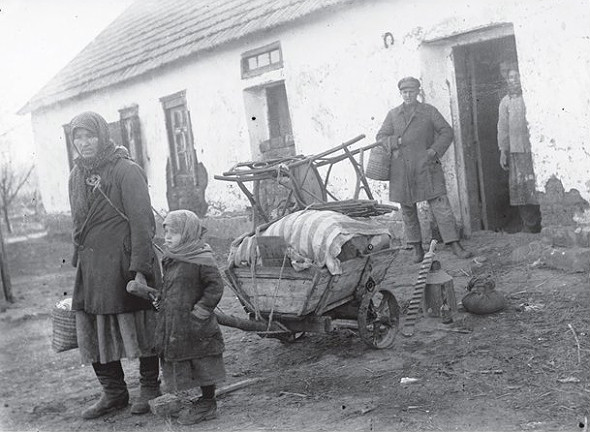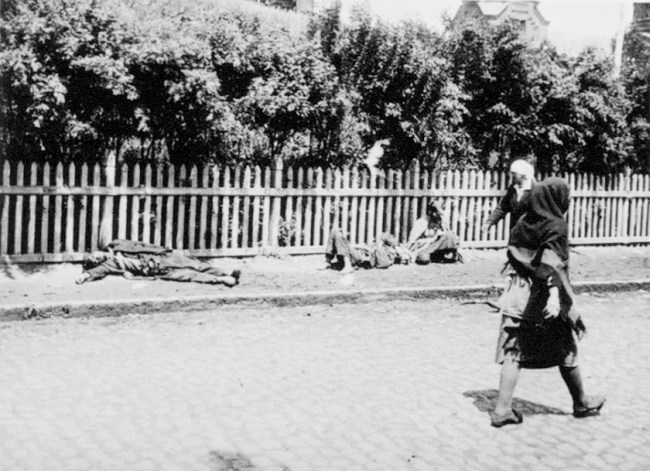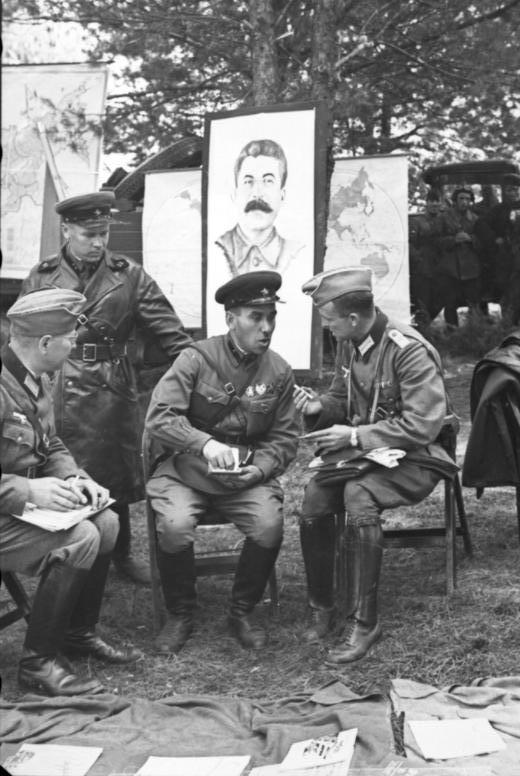
On 16 December 2015, the Kyiv District Administrative Court banned activities of the Communist Party of Ukraine. This came after a decision of the Ministry of Justice to deprive the Communist Party of Ukraine, the renewed Communist Party, and Communist Party of Workers and Peasants of the status and rights of political parties.
According to the Minister of Justice Pavlo Petrenko, after Ukraine adopted four decommunization laws on 9 April 2015, an independent commission was created, which checked the aforementioned parties for compliance with these laws. It found that the three communist parties of Ukraine violate the newly adopted laws on condemning the communist and Nazi regimes, and prohibition of propaganda of their symbols: their names, symbolism, statute, and program were found to violate the bill.
Read more: Summary of Ukraine’s four new decommunization bills
Bill #2558 provides that Communist and Nazi totalitarian regimes are legally recognized as criminal on Ukrainian soil. We went through the crimes committed by the communists against Ukrainians and chose the most large scale ones. Yet, the list is far from complete.
Communists in Ukraine disappeared in 1933… After that Communist Party of Ukraine just became a local branch of the Communist Party of Russia, including until 2014. Now they are one of the parties that support terroristic, subversive actions in eastern Ukraine. They are one of the parties that are afraid to confront Russia, despite its forthright aggression. - Volodymyr Viatrovych, director of the Institute of National Memory.
Ban of Communist Party of Ukraine introduced a dangerous precedent. This step throws Ukraine back in its road to reforming and respecting human rights. - John Dalhuisen, Amnesty International’s Director for Europe and Central Asia.
The Venice commission admitted the right of Ukraine to held decommunisation, ban the symbols, parties and political movements that are carriers of criminal heritage. Yet, a number of warnings was brought up: the law should specify that banning a party is an extreme measure, terms such as "propaganda" and "communist regime crimes" need to be specified, the list of banned symbols should be shorter. – Venice commission interim report summary.
Mass repressions against farmers
When:
1930 – 1937
Approximate number of victims: 767 397 arrested, 386 798 executed.
Mass repressions against the peasants, so called "dekulakization" was a part of campaign aiming to eliminate the farmers as a class that could impose danger to the "collectivization", aimed to consolidate individual landholdings into collective farms. Their homes, farms and belongings were confiscated, members of family arrested. The measures included deportations, arrests, and executions due to preliminarily set quotas.

Holodomor
When: 1932-1933
Approximate number of victims:
up to 5 mn. died
Organized by Joseph Stalin and the Politburo (Political Bureau of the Central Committee of the Communist Party of the Soviet Union), extensive confiscation of food for filling state warehouses and sales abroad has caused an artificial femine, with Ukrainians dying from starvation. Holodomor has been acknowledged as genocide against Ukrainian nation by 19 countries, including the US, Canada, Poland.
See which ones: See which countries recognize Ukraine’s Holodomor famine as genocide on an interactive map

Nazi-Soviet non-aggression pact
When: 1939
Molotov-Ribbentrop Pact, or officially "the Treaty of Non-aggression between Germany and the Union of Soviet Socialist Republics," along with its secret protocol, allowed the USSR to seize territories of its neighboring countries. As Hitler's ally, Stalin managed to take part in defeating Poland, start a war with Finland, occupy Lithuania, Latvia, Estonia, and Bessarabia.
American historian William Shirer wrote: "By signing an agreement with Hitler, Stalin gave a signal to the beginning of the war, which was was surely meant to grow into the worldwide conflict. He undoubtly knew it. As it turned out, it was the biggest mistake of his life".

Dnipro Hydroelectric Station explosion
When: 18 August 1941
Approximate number of victims: up to 100,000 died
When the Nazi Germany army made a breakthrough in the region where the dam was located, NKVD (Soviet secret agency) workers blew the station up, following the scorched earth military strategy. Because of the 20 ton TNT blast, a giant 150 m shell-hole let the water out, causing death and destruction.
At the moment of the blast, some Soviet soldiers were in the process of crossing the river Dnipro. Civillians living on the Khortytsia island and nearby territories were not evacuated. According to available data, estimates of the number of Soviet soldiers and civilian victims are at 80-120,ooo. The Nazi German commanders were declaring up to 1,500 dead oh their side.

Mass deportations
When: 1941-1949
Approximate number of victims: up to 1 mn deported
Soviet Union has performed numerous waves of mass deportations. Various ethnical groups were shuffled through the territories. Up to 180,000 of Crimean Tatars were deported to the Central Asia region, as well as Crimean Armenians, Bulgarians and Greeks. During 1945-47 up to 80 ethnic Ukrainians were deported from the Western Ukraine to Donbas and Syberia. Up to 500 000 more were deported from the Western-Ukrainian lands which were later given to Poland.
Poles were deported from Western Ukraine and Belarus in 1939-1940, the Baltic countries' citizens and Moldovans were deportedin 1941 and 1949, other ethnicities such as the Germans, Chechens and others were deported during the World War II.

In August, Estonia called for international tribunal to investigate Communist crimes. Latvia, Lithuania, Poland, Czech Republic, Slovakia, Hungary and Georgia joined in, because those countries have experienced all horrors of the communist rule themselves. Estonia also hopes to see Ukraine in the group of countries setting the tribunal.
The work on defining communist crimes, as well as establishing the exact numbers of victims, is still ahead of Ukraine. But banning the Communist Party means so much to Ukrainians, because it is hard to find a family that was not affected by at least one of the crimes, mentioned above.





